Yesterday, people on the social media site Twitter reacted with surprise and humor to a report that claimed, “Scientists have taught spinach to send emails”. That’s not exactly true, but the “news” is based on some amazing work done by MIT scientists in 2016, and it’s still worth learning about.
Scientists at MIT have managed to change ordinary spinach plants into natural sensors which can detect chemicals used in bombs. Using a cheap and small computer system, the spinach can even trigger a warning email.
The secret to giving spinach these special powers is nanotechnology. Nanotechnology, or nanotech, is a scientific area that deals with making or changing things that are incredibly tiny.
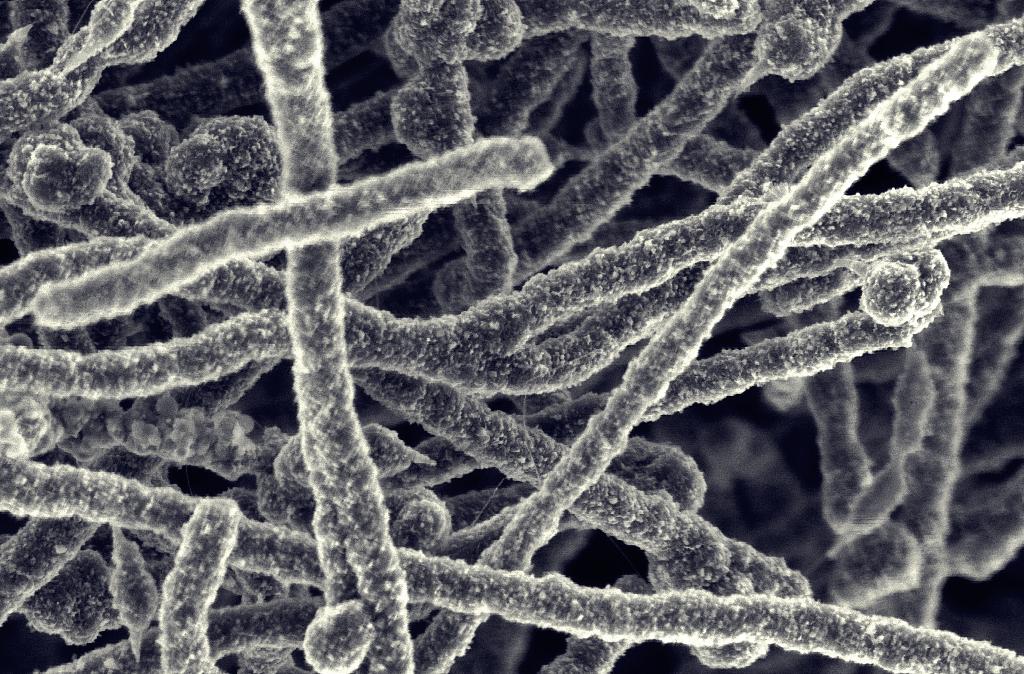
(Source: Christian Hoecker, Department of Engineering, University of Cambridge, via Flickr.com.)
We’re used to measuring things using sizes like a meter (a little more than a yard). But nanotech is measured in nanometers – one billionth of a meter (0.000000001 meter). That’s pretty small.
The MIT researchers are interested in using nanotech to give plants new abilities.
They say plants are already great at sensing their environment, since they take in water from the ground, and respond to chemicals in it. Plants also supply their own energy, which the scientists can use to power their tiny experiments.
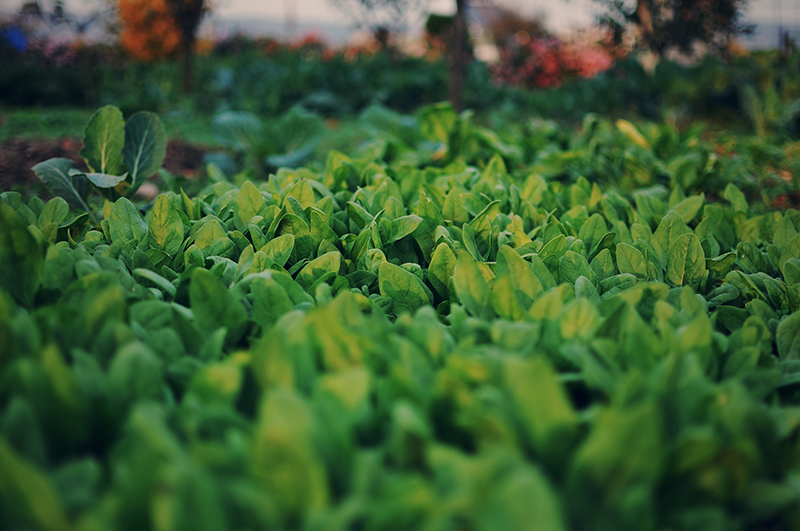
(Source: Georgios Papaioannou, via Flickr.com.)
For this experiment, the scientists placed two different kinds of nanotech materials into spinach plants. Some were tiny sensors. Others were tiny tubes called carbon nanotubes, which were used to make the plants give off a special light.
To get the tiny materials into the plants, the scientists put a liquid containing the nano-materials on the bottom of the plant’s leaves. That’s where the plants normally take in carbon dioxide gas. The plants took in the tiny particles, which became part of the spinach leaves.
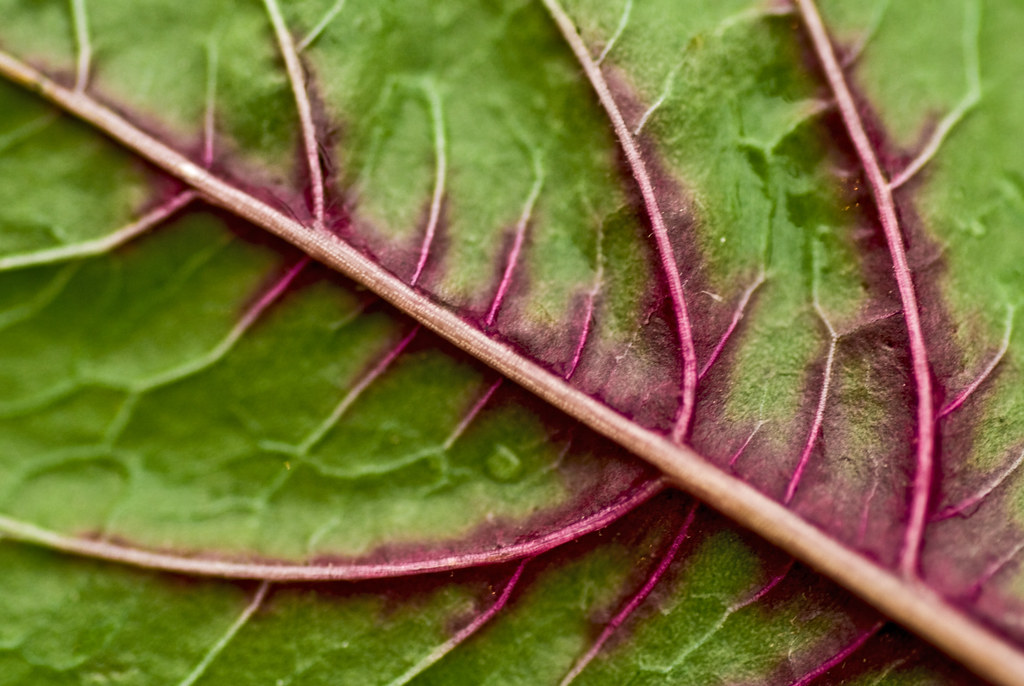
(Source: Stewart Butterfield, via Flickr.com.)
Once the tiny sensors and nanotubes were in the spinach leaves, the plant did the rest of the work.
The carbon nanotubes in the leaves, using some of the plant’s energy, give off a special kind of light. The scientists are able to detect this light by shining a laser at the plant’s leaves and measuring the light coming off the leaves.
As part of its natural process, the spinach plant pulls water through its roots and into its leaves. If the water contains certain chemicals that are used in bombs, the sensors in the leaves make the nanotubes give off a slightly different kind of light.
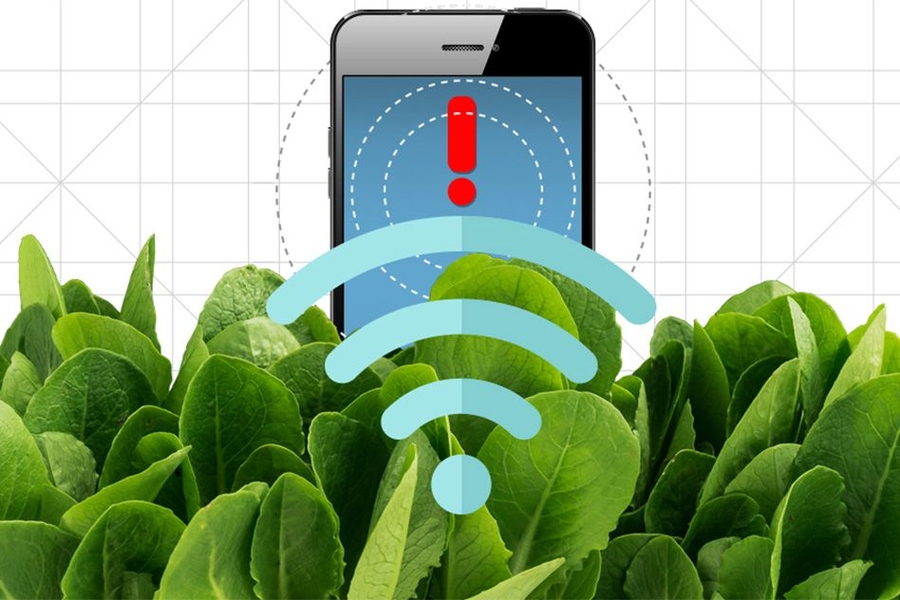
(Source: Christine Daniloff/MIT [CC BY-NC-ND 3.0].)
By watching the plant constantly using a camera attached to a cheap computer, the scientists set up a system that can send a warning email if chemicals from explosives are detected in the water.
The researchers say it takes about 10 minutes for the plants to react to the chemicals. “It is almost like having the plant talk to us about the environment they are in,” said Min Hao Wong, one of the researchers.
The computer the scientists used is about the size of a playing card. They say that in the future, their system could even use a cell phone with its camera changed slightly.
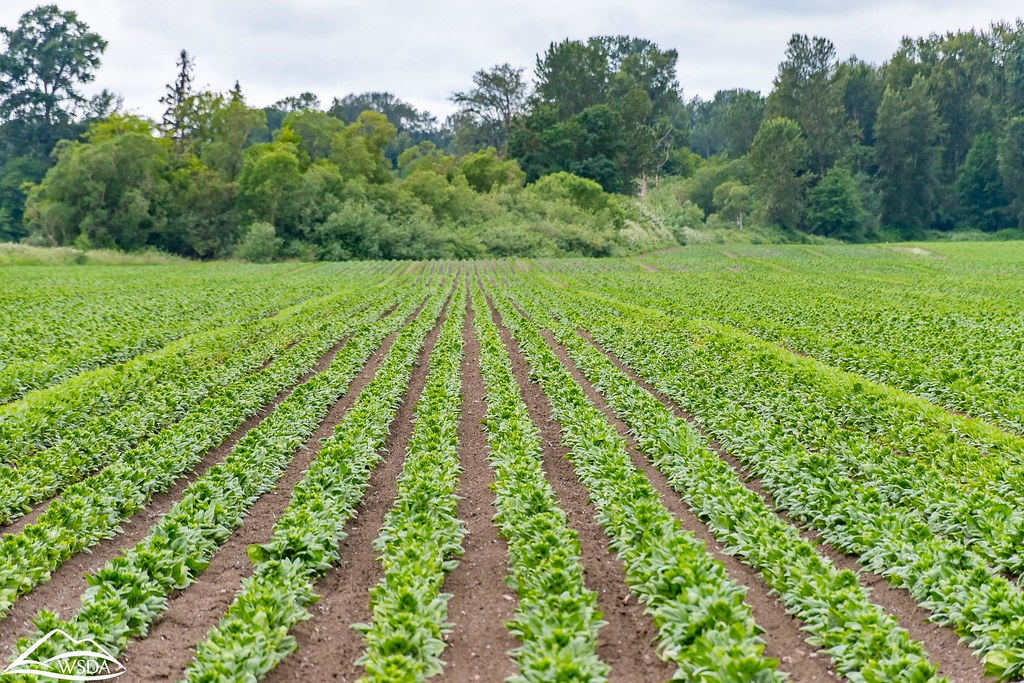
(Source: Washington State Department of Agriculture, via Flickr.com.)
Detecting chemicals used in bombs is just one of the many uses the researchers are exploring. They’ve used plants to detect and report on several other dangerous chemicals as well.
The scientists believe that in the future, such systems could give farmers detailed information about the health of the land and water on their farms.
